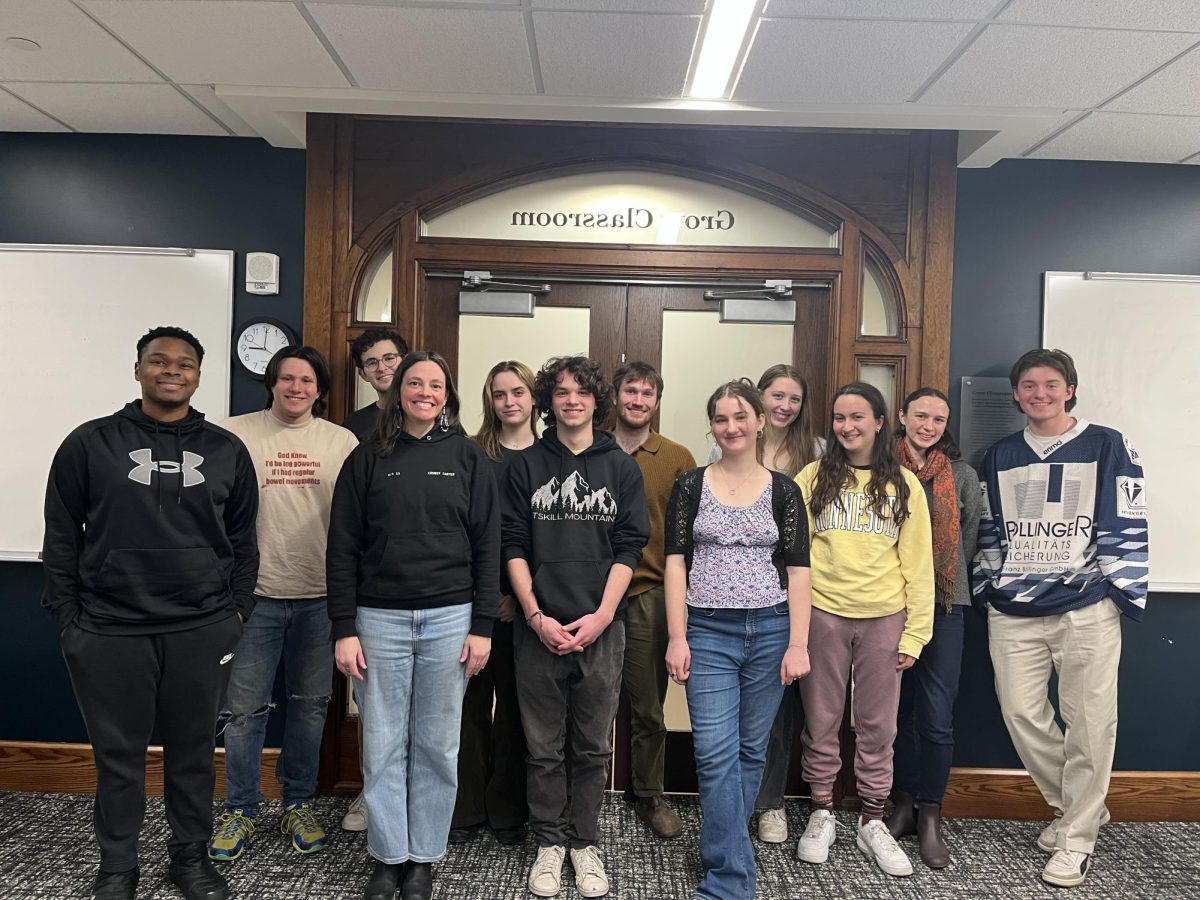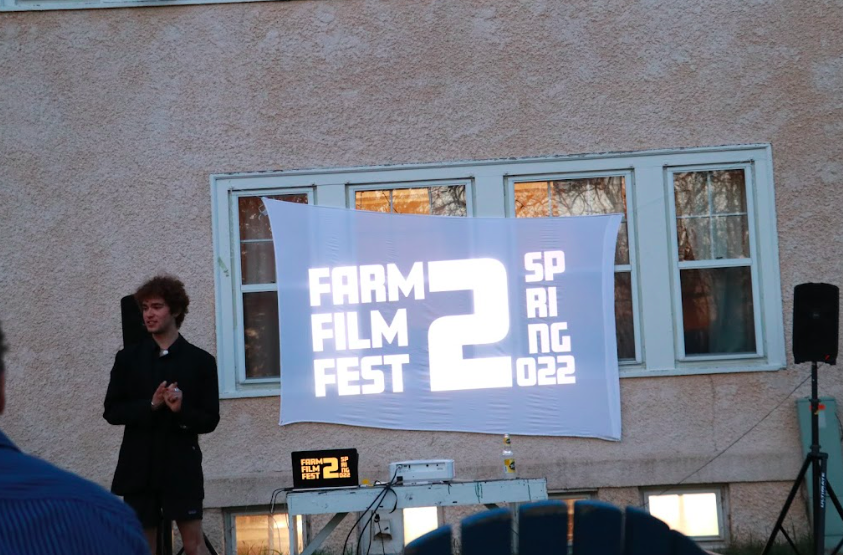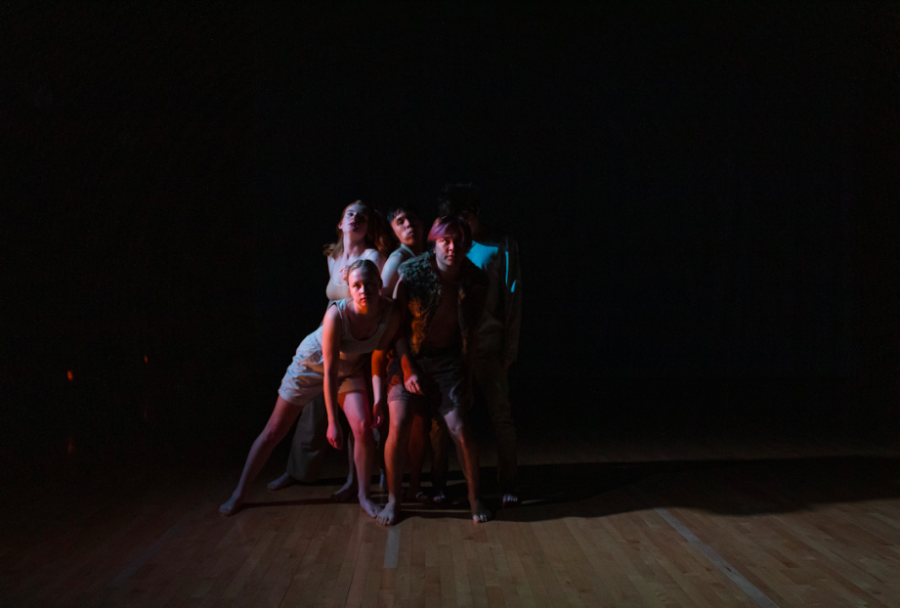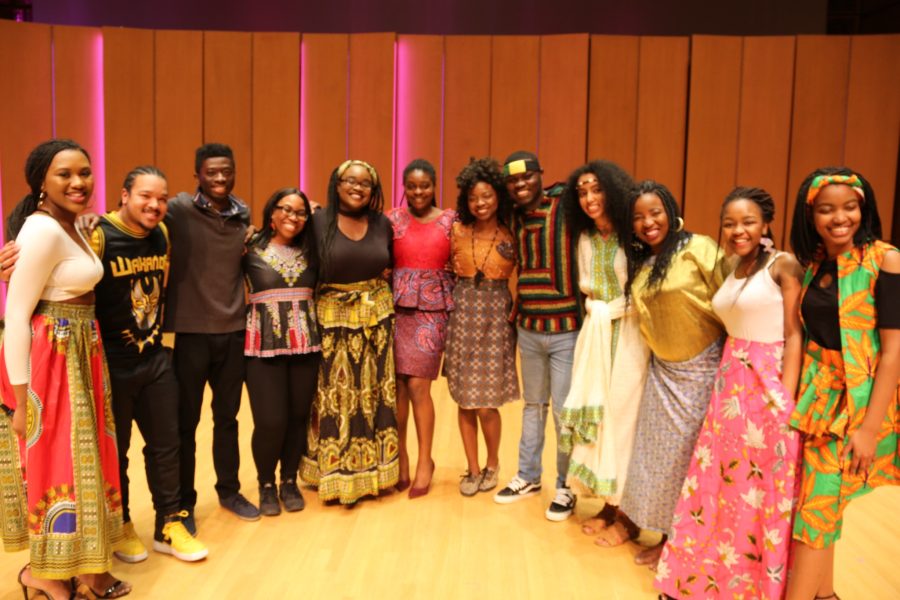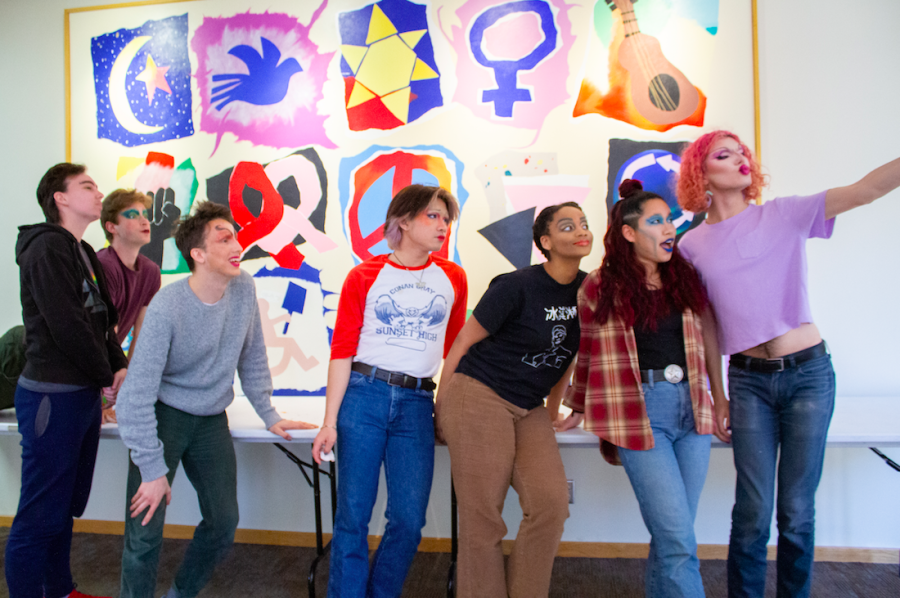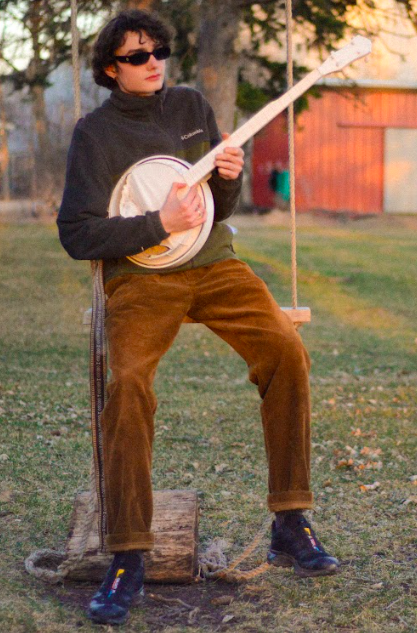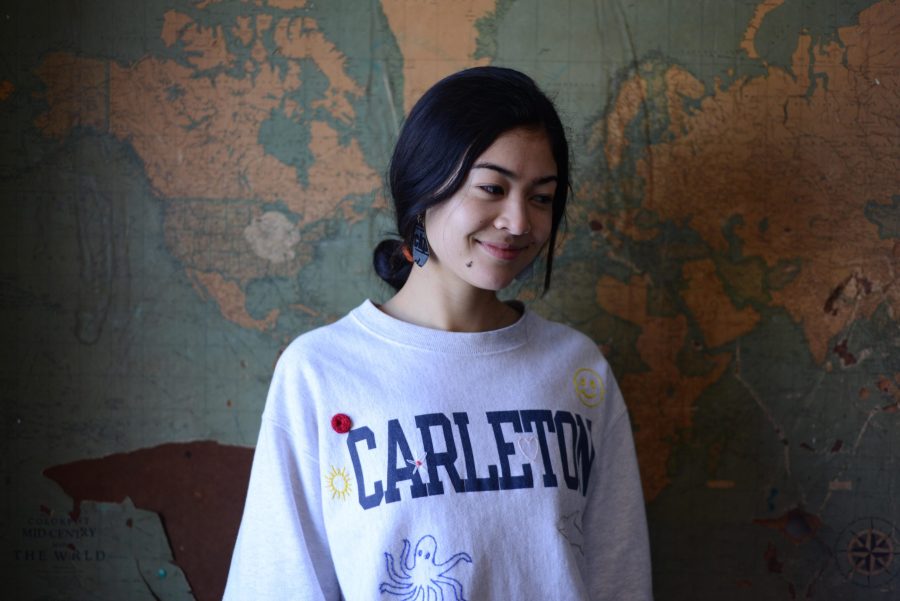The celebration of Imbolc, an annual tradition practiced by the Reformed Druids of North America (RDNA), took place in Skinner Memorial Chapel on Feb. 2, organized by the RDNA and co-hosted by RDNA and the Office of the Chaplain.
The Reformed Druids of North America was formed at Carleton in 1963 as a satirical protest against the religious service requirement mandated at the time. Students invented their own Druid ritual services (not closely tied to any practices of ancient Druidry) in order to fulfill the requirement, sparking conflict between students and the administration. After much back and forth, the college decided to drop the religious service attendance policy in 1964.
However, even after the mandate was abolished, the RDNA continued to hold services. Despite the group’s satirical foundations, over time, many members took the RDNA seriously. A loose spiritual hierarchy system was established, Druid anthologies were written and stored in Carleton’s chapel, regular traditions and practices were standardized and basic tenets were specified. Practicing Druid congregations called groves were spread internationally by Duridic Carleton students at their graduate schools. Today, there are thousands of practicing Druids, both in RDNA groves and in groves of Druidic off-shoot religions that collectively make up the official “family of modern Druidism in America.”
“[T]he Druids are one of the most special things about Carleton,” said College Chaplain Schuyler Vogel. “It’s rare for a college or a town to have a home-grown religion that became an international religion, and I think it’s something that Carleton should be quite proud of.”
Imbolc is an annual Reformed Druid celebration taken from historic Druidry. The historic holiday celebrated the midpoint between the Winter Solstice and the Spring Equinox and was dedicated to the pagan goddess Brigid, one of the most powerful pagan goddesses in the Druidic spiritual tradition practiced in Britain and Ireland. When the figure of Brigid was adopted as a Christian saint, the celebration of Imbolc was replaced with St. Brigid’s Day. Imbolc, as it is celebrated at Carleton, is definitely a contemporary Reformed Druidic tradition, but it does draw from the historical practice. These foundations are highlighted in the modern ceremony. Garrett Pauly ’25, a Chaplain’s Associate who attended Imbolc, felt that the recognition was well done and a valuable part of the event.
“It was a lovely opportunity to experience a tradition that has its origins and bases in Carleton with traditions and rituals built by and for Carleton students,” said Pauly. “It was also interesting to hear information about the Druidic faith … It was great for community members to hear both about the Ancient Druids and the Reformed Druids of North America.”
The service on Sunday opened with a benediction from arch-Druid Austin Skoda ’25, a third-order Druid and the current elected spiritual leader of the larger RDNA religion. The arch-Druid of the Carleton Grove is considered the figurehead of the Druid faith, so the role of arch-Druid is always held by a Carleton student.
Following the opening benediction, Leo Besen ’27 joined Skoda in reading a meditation explaining that Imbolc celebrates the Earth Mother’s time of sleep before Skoda sounded the carnyx, a giant metal horn with an animal-shaped bell on the end. The ritual then moved from the chapel to a prepared campfire on Mai Fete island. Before they processed, the attendants were all given candles to hold and encouraged to find a small bit of plant matter for a sacrifice later in the ceremony. Shreya Mehta ’27, a student who attended the ceremony, remarked on the sense of community she noticed as the group walked to the island.
“I’ve been meaning to go to a druid event for a while because I feel like that is something so quintessentially Carleton, but going to Imbolc was really fun,” said Mehta. “I think the fact that everyone was lighting candles together but also helping each other light their own candles when the flames went out was something that stuck out to me. It felt like I was a part of a dedicated community that was passionate about nature, and that was beautiful.”
On the island, Skoda and Besen asked if anyone had “bardic arts” — such as music, poetry or meditation — to offer. After a few attendants shared poems about nature, Skoda called out to the Earth Mother in all four cardinal directions and attendants threw their plant sacrifices into the fire. Then, members of RDNA handed out small cups of water called the Waters of Life. Another meditation was read and attendees drank most of the water in their cups, using the remaining water to extinguish the fire.
The Waters of Life fire ceremony has been a ritual of the Reformed Druids since the group’s early days. First referenced in a Carletonian article from 1965, the Waters of Life used to be a one-part scotch and six-part water mixture with the proportions reversed on special festivals. Nowadays, the ceremony is now performed with just water. The current leadership of the RDNA decided to perform this Druidic ritual at Imbolc, a break from recent years.
“They equipped themselves with new robes and a carnyx, they engaged with Druid alumni and made this program their own. Going to Mai Fete island, engaging with the fire ritual, these were things they decided to do that were different from last year, and it was well received by folks who had been there last year and this year,” Vogel said.
When the group returned to the chapel, RDNA leaders led the crowd in a hymn to the Earth Mother. As the RDNA is an intersectional religion, people of other faiths were encouraged to replace the references to the “Earth Mother” in the hymn with whatever religious deities they acknowledge. Vogel feels that this intentional intersectionality is an important part of the Druids’ appeal to students.
“It’s really amazing for the Druids to be here so that folks who are interested in nature and the earth to have a place they can go that isn’t creedally bound, you don’t have to have a certain belief in a deity,” he said.
The ceremony ended with initiations: three people were inducted into the Order of the Acorn after taking a pledge promising to love nature and treat it well, and Besen was ordained into the Order of the Pack Rat after taking a ceremonial bite of cheese. The Order of the Acorn is effectively a half-order, below the first Order of the Druids. No one can be inducted to the first Order during Imbolc because it falls within the “season of sleep.” The Order of the Pack Rat performs the role of collecting memorabilia from all Druid events and presenting findings to the Carleton Archives.
While the Carleton Grove has seen fluctuating participation over the religion’s lifetime, Vogel feels that this Imbolc service shows the growing stability of Carleton’s Druid presence in the past few years, a presence that he hopes continues to exist at Carleton long into the future.
“I think this service showed a maturation of the Carleton Grove and its current iteration,” said Vogel. “The Grove as it currently exists at Carleton was re-invigorated by the current leadership, and it seems very natural that our leaders this year would feel able, and comfortable and competent to lead their own Imbolc service, and I think they did an amazing job.”

